Understanding UPVC Tubes
Introduction to UPVC Tubes
UPVC (unplasticized polyvinyl chloride) tubes are widely used in various construction, plumbing, and infrastructure projects due to their durability, corrosion resistance, and ease of installation. Before diving into the installation process, it’s crucial to understand the key features and characteristics of UPVC tube.
Key Features of UPVC Tubes
Rigidity:
UPVC tubes are rigid and lightweight, making them easy to handle and install in different settings.
Corrosion Resistance:
These tubes offer excellent resistance to corrosion, ensuring longevity and reliability in diverse environments.
Chemical Inertness:
UPVC tubes are chemically inert, which means they do not react with most chemicals or substances, adding to their durability.
Smooth Interior Surface:
The smooth interior surface of UPVC tube minimizes friction and allows for efficient flow of fluids, reducing the risk of clogs or blockages.
Techniques for UPVC Tube Installation
Proper Planning and Preparation
Assess the Environment:
Before installation, assess the environment where the UPVC tubes will be installed, including factors such as temperature, pressure, soil conditions, and potential exposure to chemicals.
Take Accurate Measurements:
Measure the length and diameter of the UPVC tube accurately to ensure they fit properly and align with the project specifications.
Cutting and Joining UPVC Tube
Use the Right Tools:
Use a hacksaw or tube cutter to make clean, straight cuts on the UPVC tubes. Avoid using heat-based methods, as they can cause uneven cuts and compromise the integrity of the tubes.
Apply Solvent Cement:
Apply solvent cement to the ends of the UPVC tubes and fittings before joining them together. Ensure that the surfaces are clean and dry to promote a strong bond.
Proper Support and Alignment
Provide Adequate Support:
Install support brackets or hangers at regular intervals to support the weight of the UPVC tubes and prevent sagging or bending.
Maintain Proper Alignment:
Ensure that the UPVC tubes are installed in a straight line and maintain proper alignment throughout the installation process to prevent leaks or restrictions in the flow of fluids.
Tips for UPVC Tube Installation
Work Safely
Use Protective Gear:
Wear gloves, safety goggles, and other appropriate protective gear when handling UPVC tubes and solvent cement to prevent injuries.
Follow Safety Guidelines:
Adhere to safety guidelines and regulations while working with UPVC tubes, including proper ventilation in confined spaces and handling of hazardous materials.
Check for Leaks
Perform Pressure Tests:
After installation, perform pressure tests to check for leaks or weak points in the UPVC tube system. This ensures that the installation is secure and reliable before putting it into operation.
Seek Professional Assistance if Needed
Consult Experts:
If you’re unsure about any aspect of the UPVC tube installation process, don’t hesitate to seek advice from experienced professionals or consult the manufacturer’s guidelines for specific recommendations.
Conclusion: Achieving Success in UPVC Tube Installation
Mastering the installation of UPVC tubes requires careful planning, precise execution, and adherence to best practices and safety guidelines. By understanding the key features of UPVC tube, employing proper techniques, and following essential tips, you can ensure a successful installation that meets the highest standards of quality, durability, and reliability. Whether you’re installing UPVC tube for plumbing, drainage, or industrial applications, investing time and effort into proper installation methods will pay off in the long run with a robust and efficient piping system.
IFAN is a Chinese manufacturer of plastic pipes, fittings and valves with 30 years of experience. If you are interested in IFAN copper fittings, copper valves, plastic pipes and fittings, please contact us. IFAN offers you a variety of standard pipes to meet your specific needs. Click below to learn more about IFAN’s wide range of affordable and cost-effective valve products and piping system related products.
We will reply your email or fax within 24 hours.
You can call us at any time if there is any question on our production.
For more information,pls visit our webside https://pipefittingpro.com/
Pls Mailto: [email protected]
Whatsapp: + 86 19857948982

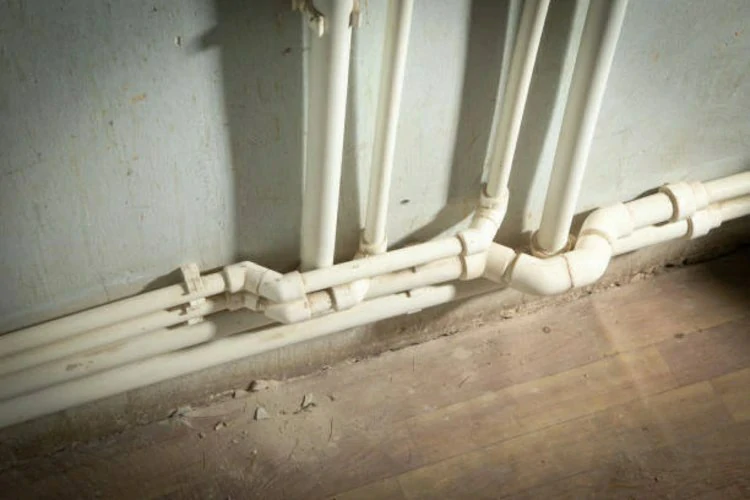
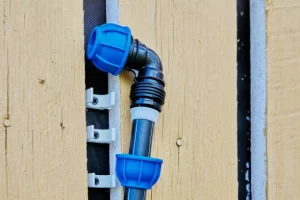
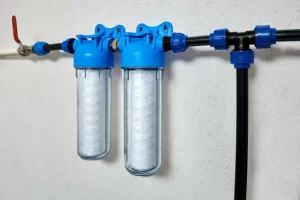
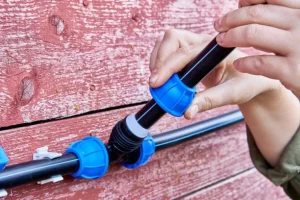
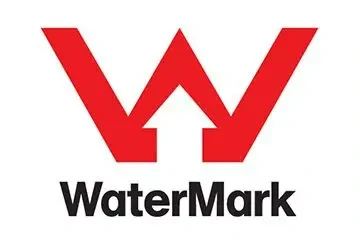

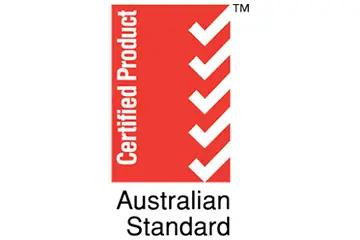
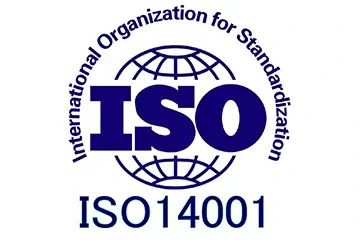

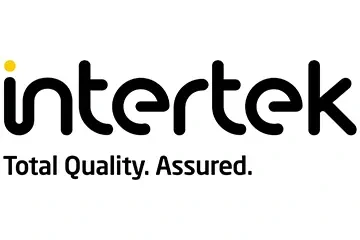


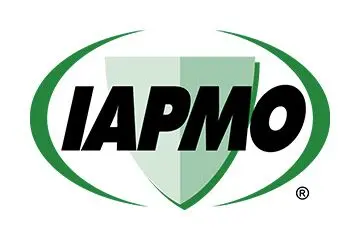
Recent Comments